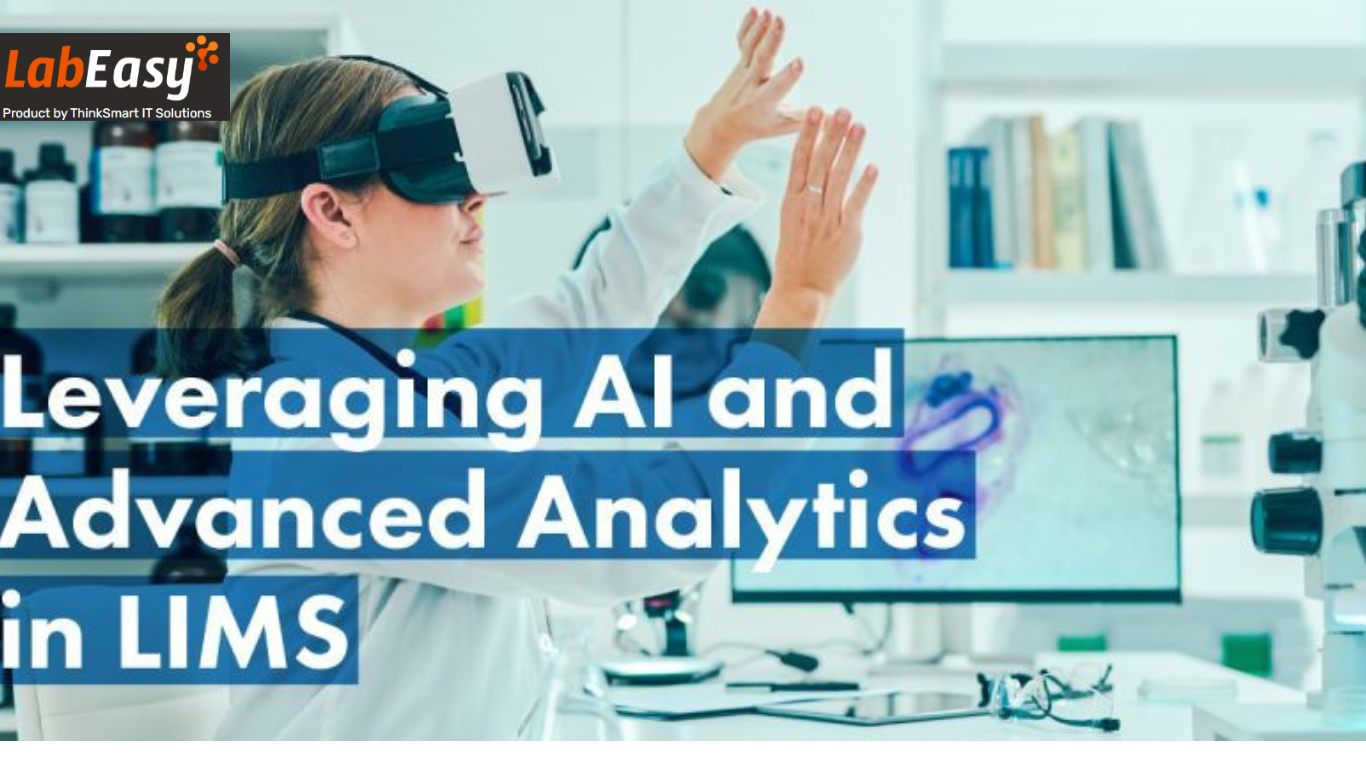There are several ways that artificial intelligence (AI) can be used in laboratory information management systems (LIMS). Here are some examples:
AI-powered data analysis: LIMS typically collect a large amount of data from laboratory experiments and tests. AI algorithms can be used to analyze this data and identify patterns and trends that may not be apparent to human analysts. This can help to improve the accuracy and efficiency of research by providing insights that would not be possible without AI.
AI-powered data entry: LIMS often require manual data entry, which can be time-consuming and error-prone. AI algorithms can be used to automate this process by extracting information from sources such as images, text documents, and other formats. This can help to reduce the time and effort required for data entry and improve the accuracy of the data that is entered into the system.
AI-powered workflow optimization: LIMS are used to manage complex workflow processes in laboratories. AI algorithms can be used to optimize these processes by identifying bottlenecks, inefficiencies, and other issues. This can help to improve the efficiency and productivity of the laboratory.
AI-powered predictive maintenance: LIMS are often used to manage equipment in laboratories. AI algorithms can be used to predict when equipment is likely to fail and trigger preventative maintenance actions to avoid downtime. This can help to improve the reliability and availability of the equipment.
Overall, AI has the potential to improve the efficiency and effectiveness of LIMS by enabling faster, more accurate, and more automated data analysis, data entry, workflow optimization, and predictive maintenance.



